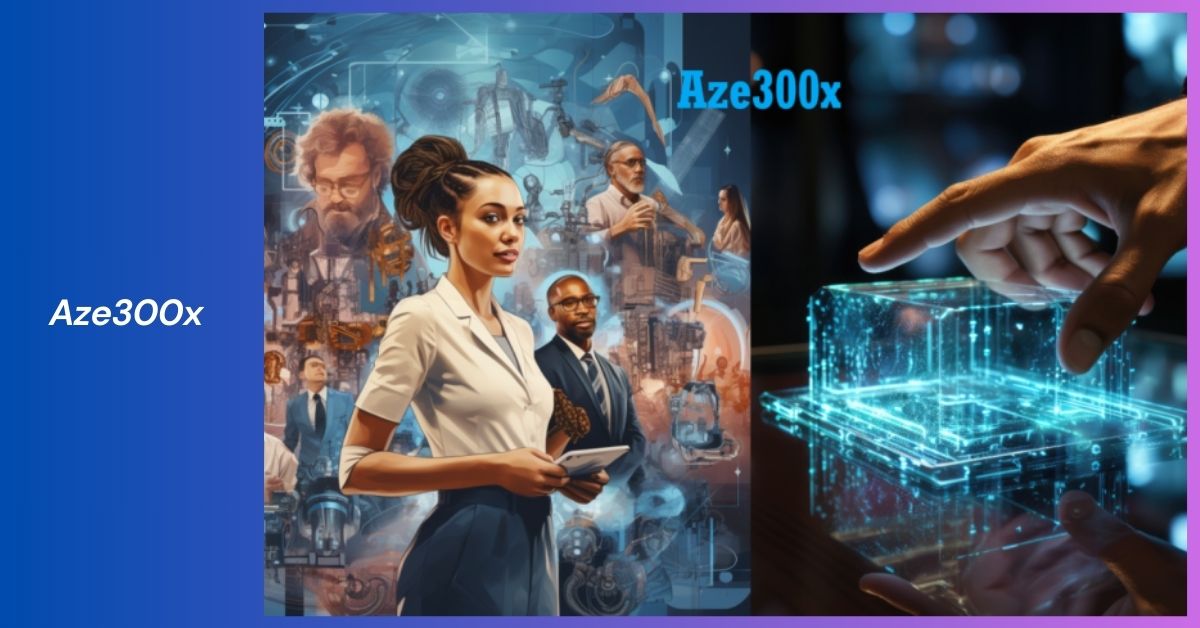
In an era where visuals are pivotal to communication, the concept of a “captionless image” presents a unique and sometimes challenging aspect of digital content.
While captions and titles typically accompany images to provide context and meaning, captionless images stand on their own, often leaving their interpretation open to the viewer.
This in-depth article explores the implications, benefits, and potential drawbacks of captionless images, offering unique insights into their role in modern media and SEO.
What is a Captionless Image?
A captionless image is a visual element that lacks any accompanying text or description that would typically provide context or explanation.
In contrast to images with detailed captions or titles that guide the viewer’s understanding, captionless images are presented without such additional information.
Examples of Captionless Images
- Stock Photos on Websites: Frequently used for their aesthetic appeal, these images often come without captions, leaving their context largely to the viewer’s interpretation.
- Social Media Posts: On platforms like Instagram or Twitter, images are sometimes shared without captions, relying solely on the visual impact.
- Artistic and Abstract Images: Works of art, especially abstract ones, might be captionless if they are intended to provoke personal interpretations rather than provide explicit information.
The Role and Importance of Captions
Captions are crucial in providing context, meaning, and accessibility to images. They serve several functions:
Enhancing Viewer Understanding
Captions offer viewers a clearer understanding of what they are looking at. They can explain the context, provide background information, or add a narrative to the image, which helps in interpreting its meaning.
Improving Accessibility
For individuals with visual impairments who use screen readers, captions and alternative text (alt text) are vital. They translate visual content into descriptive text, making it accessible to those who cannot see the image.
Boosting SEO
Search engines use text to understand and index web content. Descriptive captions contribute to SEO by providing relevant keywords and context, helping the image to appear in search results related to those keywords.
The Impact of Captionless Images
While captionless images can be visually striking, their lack of context can lead to various challenges:
Ambiguity and Misinterpretation
Without captions, images can be ambiguous. Viewers may interpret them in multiple ways, which can lead to misunderstandings or confusion about the intended message.
Reduced Accessibility
Captionless images can be problematic for users relying on screen readers or other assistive technologies. Without descriptive text, these users may miss out on critical information, impacting their overall user experience.
SEO Limitations
Search engines rely heavily on text to crawl and index content. Captionless images might not rank as well in search engine results because they lack descriptive text that helps search engines understand the image’s content.
Strategies for Optimizing Captionless Images
Despite their challenges, there are effective strategies to optimize captionless images for SEO and accessibility.
Descriptive File Names
Using descriptive file names is one way to provide context to captionless images. Instead of generic names like “image1.jpg,” use specific names that describe the content, such as “captionless-image-example.jpg.”
Alt Text
Alt text is a textual description that accompanies an image in the HTML code. It provides essential information about the image’s content, improving accessibility and SEO. For example, an image of a sunset might have alt text like “sunset over the ocean with vibrant colors.”
Image Metadata
Metadata embedded in the image file can also offer additional information. This might include keywords, descriptions, and other relevant details that help with SEO and provide context for the image.
When to Use Captionless Images
Captionless images can be effective in certain contexts. Here are some scenarios where they might be appropriate:
Branding and Aesthetics
In branding, the focus is often on visual appeal and emotional impact rather than detailed information. Captionless images can enhance brand identity and create a strong visual impression.
Artistic Expression
For abstract art or creative visuals, captions may be omitted intentionally to allow viewers to interpret the image in their own way. This approach can foster a personal connection and encourage individual analysis.
User-Generated Content
When sharing content created by users, such as on social media platforms, captions might be left out to preserve the authenticity of the original post. The focus here is on the image itself rather than additional context.
The Future of Captionless Images
As technology evolves, the role and effectiveness of captionless images may change. Here are some emerging trends:
AI and Image Recognition
Advancements in artificial intelligence and image recognition technology are making it possible to analyze and understand images without the need for captions. These technologies can automatically identify and tag visual content, reducing the reliance on textual descriptions.
Enhanced Accessibility Tools
Future developments in accessibility tools may improve how captionless images are interpreted by individuals with visual impairments. For instance, more sophisticated AI-driven screen readers could provide better contextual information.
Visual Search Engines
With the rise of visual search engines, the emphasis might shift from textual descriptions to visual content analysis. These engines can analyze and categorize images based on their content, potentially reducing the need for traditional captions.
Conclusion
Captionless images present a unique challenge and opportunity in the digital landscape. While they can be visually compelling and effective in certain contexts, their lack of context can pose challenges related to understanding, accessibility, and SEO.
By employing strategies such as descriptive file names, alt text, and image metadata, you can enhance the effectiveness of captionless images and ensure they are accessible and optimized for search engines.
As technology evolves, the role of captionless images will continue to adapt, offering new ways to engage with and understand visual content in the digital age.
FAQs About Captionless Images
What are the main disadvantages of using captionless images?
Captionless images can be ambiguous, leading to varied interpretations. They may also be less accessible to individuals with visual impairments and might miss out on SEO benefits that descriptive captions provide.
How can I improve the accessibility of captionless images?
To enhance accessibility, use descriptive alt text and ensure that any relevant context is provided through other means, such as surrounding text or metadata. This helps users with visual impairments understand the image’s content.
Are there situations where captionless images are preferred?
Yes, captionless images can be effective for branding, artistic expression, and user-generated content where the focus is on visual appeal rather than detailed context. They can create a strong visual impact and foster personal interpretation.
Can captionless images impact SEO?
Yes, captionless images may negatively impact SEO as they lack descriptive text that helps search engines understand and index the content. However, using descriptive file names, alt text, and image metadata can help improve their SEO performance.
How can I make my captionless images more SEO-friendly?
To optimize captionless images for SEO, use descriptive file names, include alt text, and provide image metadata. These practices help search engines understand and index the content effectively, improving the image’s visibility in search results.





